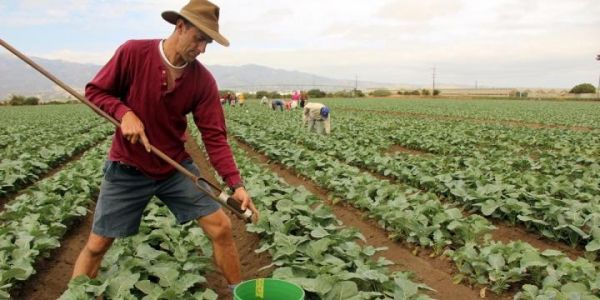Soil organic matter has long been known to benefit farmers. The carbon in this organic matter acts as a food source for soil microbes, which then provide other nutrients to the crops grown. Microbes, insects and small soil critters produce materials that can improve soil structure and water retention. It’s a healthy ecosystem every farmer wants to encourage.
Measuring changes in soil organic matter can be a challenge in intensively tilled soil that is used for vegetable production. Even in production systems with less soil disturbance, soil organic matter changes slowly. But, Eric Brennan and Veronica Acosta-Martinez are testing for soil enzymes as early indicators of improvements in soil health in a long-term systems study.
Brennan manages the study in an area of California known as the “Salad Bowl of the World.” The Salinas Valley has high-input, organic vegetable production systems. “Farms in Salinas usually need to produce two or more vegetable crops per field annually to be profitable,” says Brennan. “This production intensity complicates the adoption of winter cover cropping. This is why many farmers in this region prefer to use compost to add large amounts of organic matter to the soil.”
Specifically, the team compared farming systems that received different amounts and types of organic matter. The sources were from compost and cover crops. They recently published their results in the Soil Science Society of America Journal.
Read more at American Society of Agronomy
Image: Eric Brennan working in the field. (Credit: Jason Brennan)


